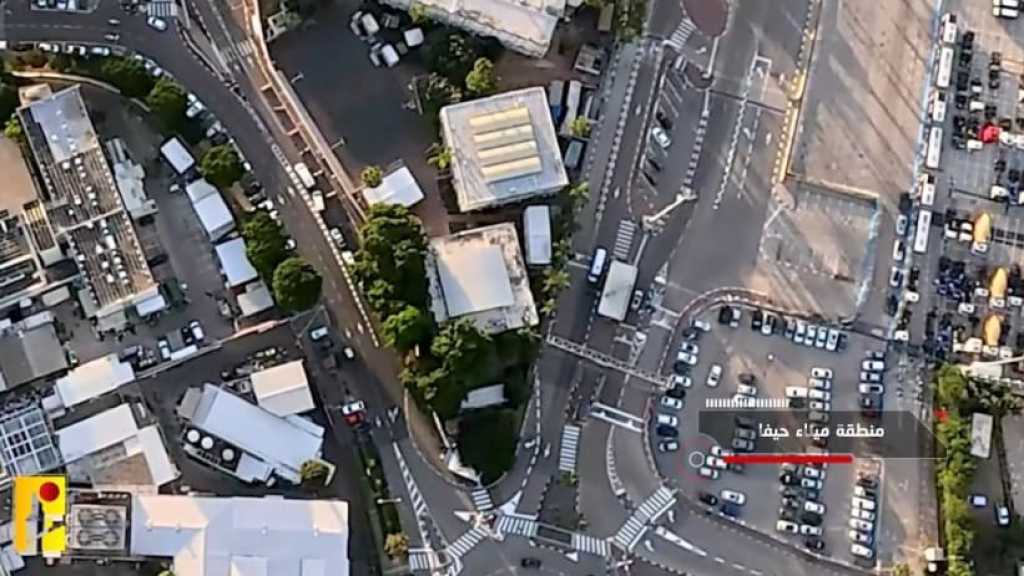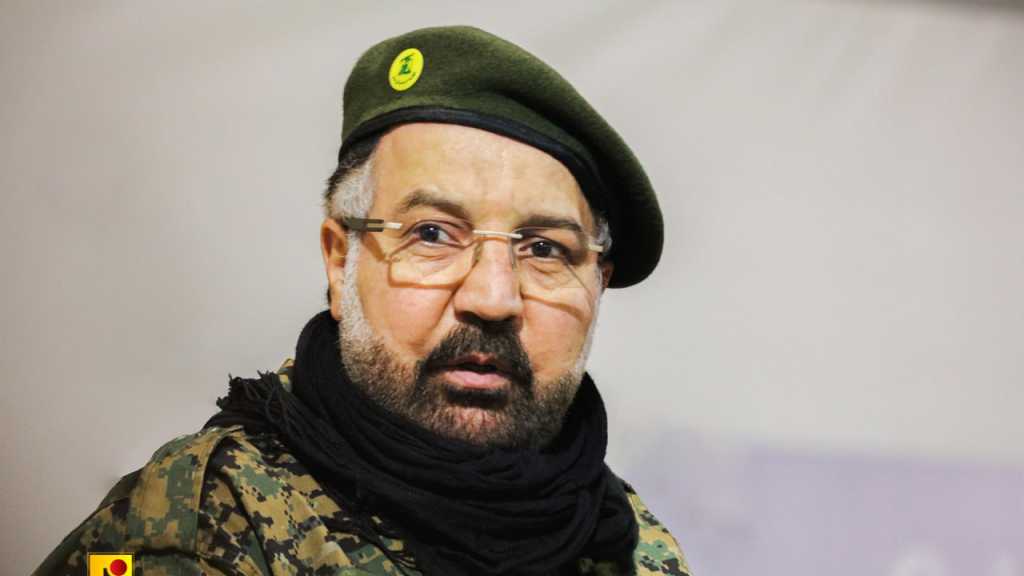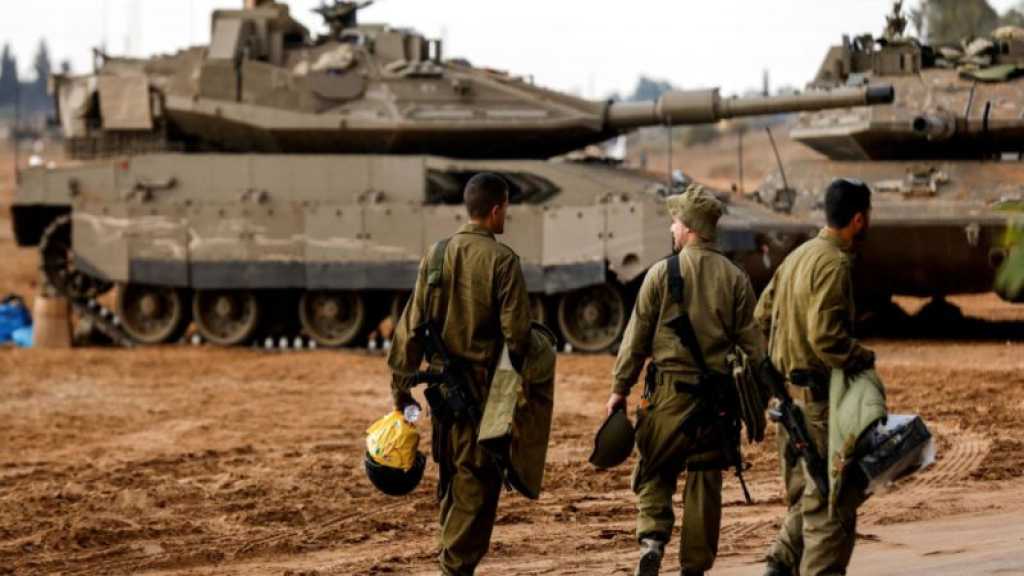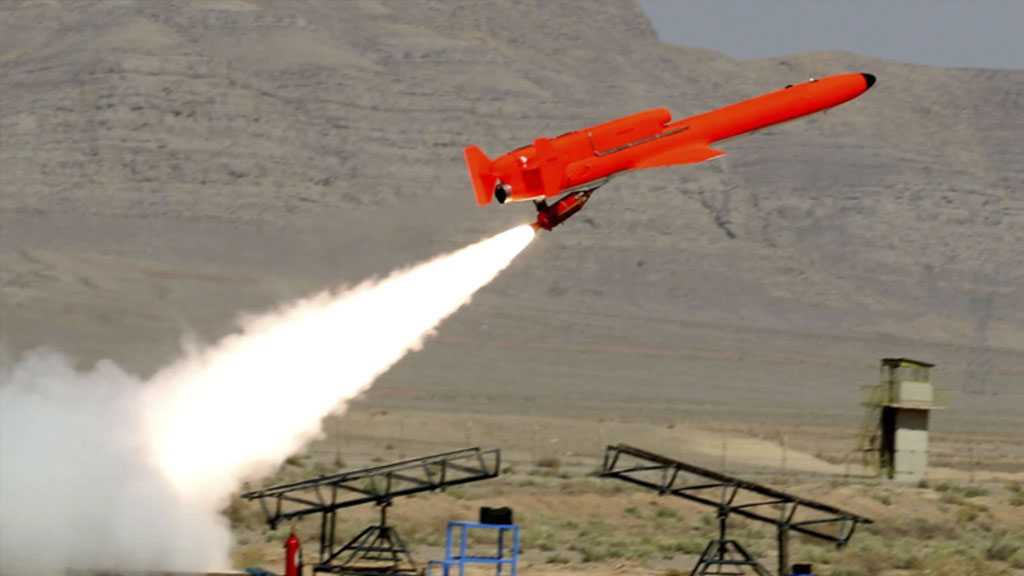
The Lie of a Divided Aleppo
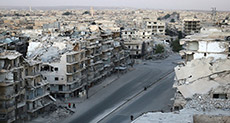
Elie Hanna
The settlement over Aleppo, which rescued the city from its cycle of violence, exposed a lie. Over time this lie came to be accepted as a reality.

The yearning of the western neighborhoods of Aleppo - a city comprised of "east and west" - exploded to reveal that the densely populated districts were made of people from the city itself.
The displacement began in July 2012. But today, the time has come for the people of Aleppo to be freed - in one Aleppo that they never actually left.
Abu Ahmed did not visit his home in eastern Aleppo. Currently residing in the Al-Furqan neighborhood, he asked his "returning" neighbors to check-up on his home. The taxi driver along with dozens of his relatives and neighbors fled the Seif al-Dawla neighborhood for the western districts.
The man who is in his fifties gets upset when the words "western" and "eastern" are mentioned. "We are not in Beirut [during the Lebanese civil war]," he says. He believes that Aleppo is one, and most of its residents fled the horrors of those who toyed with their security. Hundreds of thousands were displaced throughout Aleppo's neighborhoods, within a stone's throw from their homes. The "eastern" part corresponded to an imaginary demarcation line, which finally fell.
It's a big lie -promoted by the media and "activists" about a demographically and politically divided city, with half a city supposedly liberated and the other half under occupation. But practically hundreds of thousands have fled from the eastern neighborhoods since the summer of 2012 to escape the oppression of the "conquerors" and their dreams.
Before the war, Aleppo housed about 3 million people, 2 million of whom lived in the eastern neighborhoods. During the armed conflict, about 1,400,000 people resided in the western neighborhoods -more than half of which came from the eastern side. 600,000 of the "western" population remained while around 400,000 emigrated or were displaced.
In the end, the population of the "one Aleppo" crammed into the city's western neighborhoods, compared to tens of thousands in the eastern part, including a large population from the countryside.
After the recent evacuation, it turned out that about 100,000 people were living in the eastern neighborhoods, mostly from the Idlib and the Aleppo countryside. For example, people from the countryside of Idlib and west Aleppo were divided between the southern and western districts [Salah al-Din, al-Ansari Kallaseh, Tel al Zrazeer...], while in the northern districts [Hanano, Alsakhur, Bustan al-Basha, al-Sheaar] the population was made up of people from the northern and eastern parts of the Aleppo countryside.
After the evacuation of the militants and civilians from the city was completed, thousands of Aleppo's residents flooded to the "department of the revolution" to check-up on their homes. They did not come from the shelters or from the remote countryside. They were in the same city a few hundred meters away, watching their neighborhoods being turned upside-down.
In the Seif al-Dawla neighborhood, a young man rushed towards a group of reporters, asking them to come with him to see the Teaching Institute he owned. A mathematics teacher in his thirties climbed down to a basement of one of the buildings to inspect the damage. Military uniforms and other types of "décor" lined his institute. It seemed that the place was turned into housing for a group of militants, since there was a refrigerator and other household items.
The man's house sat just a few dozen meters away. "My heart is here, I did not go to the house yet", as he pointed his finger toward the structure - his new home where he resided briefly.
"I do not have any emotional connection to the house, but the institute is everything. And it is fine," he said.
We entered one of the food warehouses a few buildings away. Tons of rice, groats, and pasta were stacked inside the rooms. There were also hundreds of kilograms of coal in the garden. Bags from Gulf "donors" sat in one corner. Such "full warehouses" can be found across several of the city's neighborhoods, while people with empty stomachs found themselves facing the greed of the militant factions and their traders who reaped the rewards on the backs of the local population. Meanwhile, the crossings between east and west remained closed, as the voices calling for aid and the lifting of the siege grew louder. The imperfect image prevailed.
It had barley been five months since the opposition's supply route north of the city through the Castello road was closed-off, but the dozens of warnings about the risk of famine and the suffering of the 250,000 people under siege [according to UN figures] were constant.
It's no so much about who exposes the skilled actor in his fabrications. Half of the city was held hostage, while its demands were forged. On the last day, the gunmen left the city in stolen cars. They gathered what weapons they could and headed out of the city, which expelled them. They left the same way they came, strangers who claimed Aleppo as their capital.
The Jibreen Ginneries
In cotton ginneries in the village of Jibreen lies a temporary housing center for displaced people from the eastern neighborhoods. Hundreds lined the large headquarters as they waited to "return". A few of them were from the al Ferdous and al-Kallasa neighborhoods and the rest were from the provincial countryside. They lived in the city during the war. Now, they do not know what their final destination may be, thanks to the war and chaos that ravaged the city's countryside.
As we entered, the workers at the center played "popular" music. Dozens of women and children formed a Dabke circle, while others waited their turn to receive aid, which included winter blankets and fruits from one of the international organizations.
Three elderly people sat alone on the sidewalk near the entrance and away from the loud music, clutching onto their rolling tobacco. The farmers and their friends are not fond of the congested city.
«We, the people of agriculture, have no place to settle as long as our lands are near [military] academies" [A reference to the heavy fighting over Aleppo's military academies]
Source: Al-Akhbar Newspaper, Translated and Edited by website team
Comments
